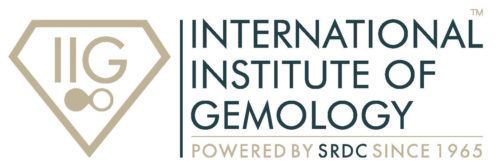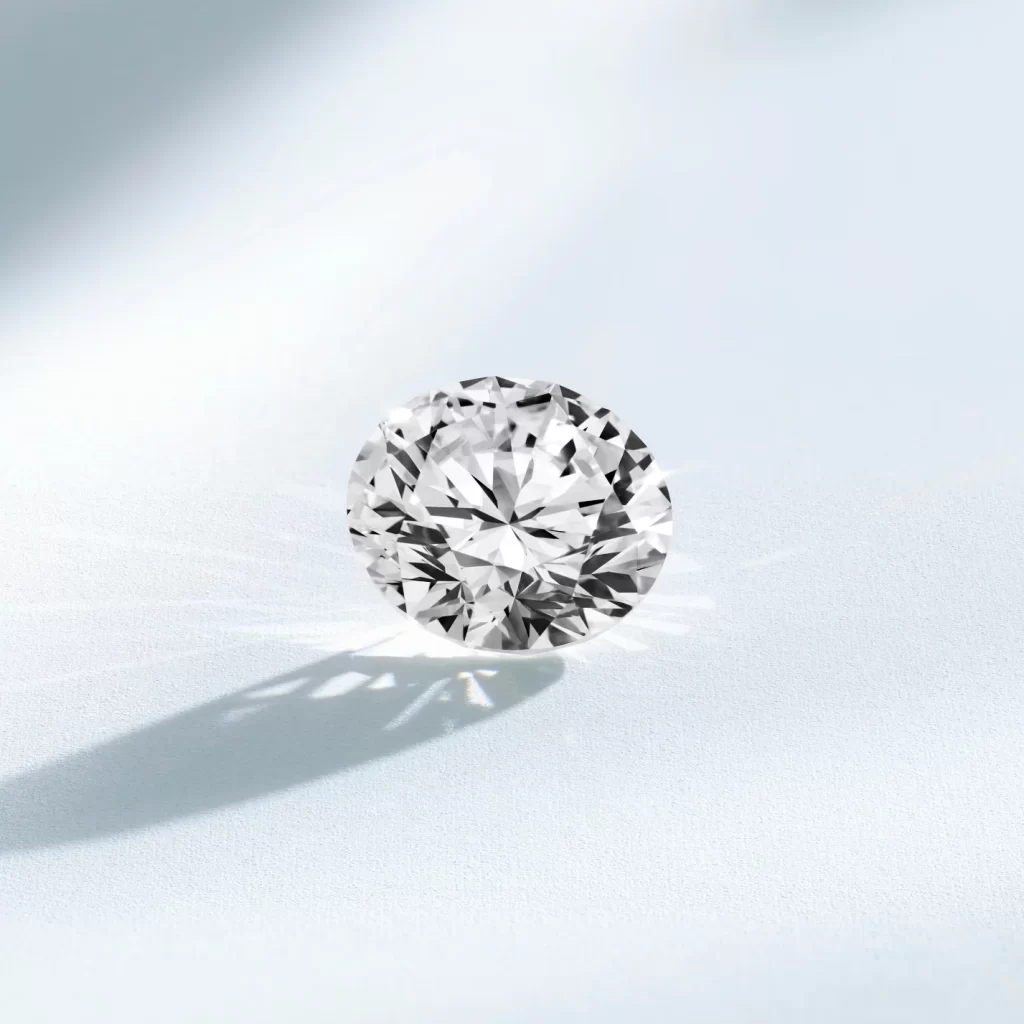|
Getting your Trinity Audio player ready...
|
Exploring Diamond as April’s Birthstone
Understanding Birthstones:
Birthstones have long captivated human imagination with their association with specific months, offering a unique way to celebrate birthdays and channel energies. These precious gems have a rich history, deeply rooted in cultural beliefs and symbolism. Among them, the diamond stands as the radiant emblem of the month of April, captivating hearts with its brilliance and endurance. Let’s delve into the mesmerizing world of April’s birthstone and unravel why the diamond reigns supreme.
Birthstones are gems that hold significance to each month of the year. This tradition can be traced back to ancient times, with roots in both mystical and practical beliefs. The concept of assigning a gemstone to each month gained widespread popularity in the 18th and 19th centuries, particularly in Western cultures.
These stones are believed to possess unique properties and characteristics that align with the month they represent. They are often considered symbols of luck, protection, and prosperity, making them cherished gifts for birthdays and special occasions.
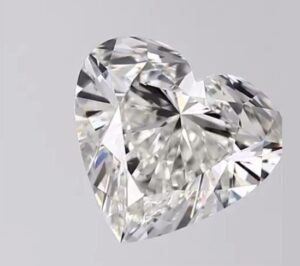 Introduction:
Introduction:
Diamond, with its timeless allure and captivating brilliance, holds a prestigious position as the birthstone for the month of April. Revered for its durability, rarity, and symbolic significance, diamonds have fascinated humanity for centuries. This essay delves into the multifaceted aspects of diamonds as birthstones, encompassing their geological formation, physical characteristics, cultural significance, and enduring appeal. As we gaze upon the resplendent beauty of diamonds, we are drawn into a realm of eternal enchantment and timeless allure. Their enduring appeal transcends the boundaries of time and space, evoking emotions of wonder, reverence, and awe. Whether nestled within an exquisite engagement ring or adorning a regal tiara, diamonds radiate a brilliance that transcends the ephemeral and embraces the eternal. As April’s beloved birthstone, diamonds illuminate the path of life with their luminous glow, symbolizing the enduring essence of beauty, love, and grace.
Read More: Unveiling the Allure of August Birthstone: Peridot Gemstone Guide
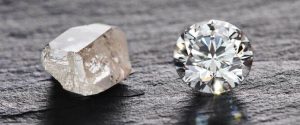 Geological Formation of Diamonds:
Geological Formation of Diamonds:
The mesmerizing journey of a diamond begins deep within the Earth’s mantle, where extraordinary conditions of extreme heat and pressure set the stage for the creation of these exquisite gemstones. Let’s delve deeper into the remarkable geological processes that give rise to the captivating allure of diamonds.
Formation in the Mantle:
Diamonds originate in the Earth’s mantle, a layer located between the crust and the core. This region is characterized by intense heat and pressure, conditions that are essential for the crystallization of carbon atoms into diamonds. Carbon, the primary constituent of diamonds, undergoes a transformational journey as it is subjected to pressures equivalent to tens of thousands of atmospheres and temperatures exceeding 1,000 degrees Celsius (1,832 degrees Fahrenheit).
Crystallization Process:
Within the mantle, carbon atoms undergo a process known as crystallization, where they arrange themselves in a specific atomic structure conducive to the formation of diamonds. Over millions of years, these carbon atoms bond together in a precise lattice arrangement, forming the crystalline structure that imbues diamonds with their exceptional hardness and brilliance. This intricate process unfolds slowly and steadily, as the carbon atoms gradually align and bond under the relentless pressure of their surroundings.
Transport to the Surface:
The journey of diamonds from the depths of the Earth to its surface is facilitated by volcanic activity. During volcanic eruptions, magma erupts from deep within the Earth, carrying with it fragments of the mantle containing diamonds. These volcanic eruptions act as conduits, transporting diamonds and other minerals closer to the Earth’s surface. Over time, the volcanic material cools and solidifies, forming igneous rock formations known as kimberlite and lamproite pipes, which serve as primary sources of diamond deposits.
Discovery through Mining:
Once brought closer to the Earth’s surface, diamonds are discovered through mining processes. Diamond mining operations involve various techniques, including open-pit mining and underground mining, depending on the geological characteristics of the diamond deposits. Miners extract diamond-bearing ore from the Earth’s crust and process it through crushing, sorting, and washing to separate the diamonds from surrounding rock and minerals. The recovered diamonds undergo further sorting and grading based on their size, color, clarity, and other quality factors before being transformed into exquisite gemstones for use in jewelry and industrial applications.
Intrinsic Value and Rarity:
The natural phenomenon of diamond formation under extreme geological conditions contributes to the intrinsic value and rarity of these precious gemstones. The combination of intense heat, pressure, and time required for their creation makes diamonds a finite and highly sought-after resource. Their scarcity, coupled with their exceptional beauty and durability, elevates diamonds to a coveted status, symbolizing luxury, elegance, and enduring love.
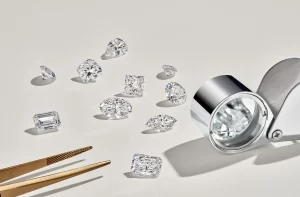 Physical Characteristics: Unveiling the Resplendent Brilliance of Diamonds
Physical Characteristics: Unveiling the Resplendent Brilliance of Diamonds
In the realm of gemstones, diamonds reign supreme as celestial marvels, renowned for their exceptional hardness, captivating brilliance, and mesmerizing optical properties. Let’s embark on an exploration of the physical characteristics that render diamonds as unrivaled treasures of nature, enchanting hearts and minds with their enduring beauty and allure.
- Unparalleled Hardness: Diamonds stand as the epitome of durability, ranking as the hardest naturally occurring substance on the Mohs scale with a perfect score of 10. This unparalleled hardness imbues diamonds with remarkable resistance to scratching and abrasion, ensuring their longevity and enduring beauty over time. Whether adorning an engagement ring worn daily or gracing a cherished piece of jewelry passed down through generations, diamonds retain their pristine luster and brilliance, unaffected by the rigors of daily wear and tear.
- Remarkable Optical Properties: Beyond their exceptional hardness, diamonds captivate the eye with their remarkable optical properties, which contribute to their scintillating brilliance and fire. At the heart of a well-cut and polished diamond lies a symphony of light and facet, orchestrated to perfection to unleash the gemstone’s inherent radiance. Key optical properties include:
- Refractive Index: Diamonds possess a high refractive index, meaning that they have the ability to bend and manipulate light as it passes through the gemstone. This phenomenon results in the mesmerizing sparkle and brilliance that diamonds are renowned for, captivating the beholder with their luminous glow.
- Dispersion: Diamonds exhibit high dispersion, also known as fire, which refers to the gemstone’s ability to split white light into its constituent colors, creating vibrant flashes of spectral hues. This play of color adds depth and dimension to the diamond’s appearance, infusing it with an enchanting allure that dazzles the senses.
- Cut and Polished Brilliance: The true beauty of a diamond is unleashed through expert cutting and polishing, which optimize its optical properties to maximize brilliance and fire. Skilled artisans meticulously craft diamonds into various shapes, including the iconic round brilliant, elegant princess, and timeless emerald, among others, each designed to enhance the gemstone’s inherent beauty and allure. Through precise proportions, facet arrangement, and polish, diamonds are transformed into radiant masterpieces that capture and reflect light in a mesmerizing display of sparkle and brilliance.
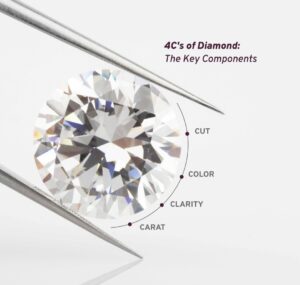 The Four Cs of Diamonds: Unlocking the Mystique of Diamond Evaluation
The Four Cs of Diamonds: Unlocking the Mystique of Diamond Evaluation
In the world of diamonds, discerning their value and beauty is a nuanced art guided by the renowned “Four Cs”: Cut, Color, Clarity, and Carat Weight. These four attributes serve as the cornerstone of diamond evaluation, each contributing uniquely to the overall allure and worth of these precious gemstones. Let’s delve deeper into the intricacies of the Four Cs and explore how they shape the magnificence of diamonds.
Cut: Maximizing Brilliance and Fire
The cut of a diamond is more than just its shape; it’s a meticulous craft that determines the gemstone’s brilliance, fire, and overall visual appeal. Skilled artisans painstakingly carve diamonds into various shapes, including the iconic round brilliant, elegant princess, timeless emerald, and graceful pear, among others. The precision of the cut is paramount, as it dictates how effectively light enters the diamond, reflects off its facets, and exits in a dazzling display of sparkle. A well-cut diamond maximizes light performance, ensuring optimal brilliance and scintillation that captivate the eye and elevate its beauty to unparalleled heights.
Color: From Colorless to Vivid Hues
Color grades for diamonds range from the rare and coveted colorless to varying degrees of yellow or brown tint. Colorless diamonds, graded on a scale from D to Z, are prized for their exceptional rarity and purity, commanding a premium in the market. As the color grade descends the scale, the presence of yellow or brown hues becomes more pronounced, influencing the diamond’s visual appearance and value. However, some diamonds exhibit vivid hues such as pink, blue, or yellow, known as fancy colored diamonds, which possess their unique allure and rarity, captivating connoisseurs with their exquisite beauty and rarity.
Clarity: Unveiling the Inner Perfection
Clarity assesses the presence of internal or external imperfections within a diamond, known as inclusions and blemishes, respectively. Diamonds are graded for clarity using a scale ranging from Flawless (no internal or external flaws visible under 10x magnification) to Included (imperfections visible to the naked eye). Flawless diamonds, devoid of any blemishes or inclusions, are exceptionally rare and command the highest value due to their unparalleled purity and brilliance. However, diamonds with slight imperfections may still possess exceptional beauty, especially when strategically positioned to minimize their visibility.
Carat Weight: Size and Rarity
Carat weight denotes the size of a diamond, with one carat equivalent to 0.2 grams. Larger carat weights are generally associated with greater rarity and value, as larger diamonds are less common in nature. However, carat weight is just one aspect of a diamond’s overall appeal, and it’s essential to strike a harmonious balance between size and quality. A smaller diamond with exceptional cut, color, and clarity may outshine a larger diamond with inferior characteristics, highlighting the importance of considering all Four Cs in diamond evaluation.
Striking a Harmonious Balance:
In the world of diamonds, achieving perfection is a delicate dance of balancing the Four Cs to attain the most aesthetically pleasing and valuable gemstone. While each C contributes uniquely to a diamond’s allure, it’s the harmonious interplay between them that elevates a diamond to extraordinary heights of beauty and worth. Whether dazzling on an engagement ring, adorning a necklace, or gracing a pair of earrings, diamonds adorned with the perfect balance of Cut, Color, Clarity, and Carat Weight transcend mere gemstones to become timeless symbols of elegance, sophistication, and enduring love.
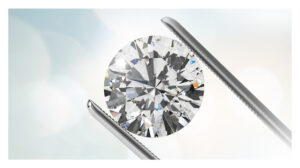 Cultural and Historical Significance of Diamonds:
Cultural and Historical Significance of Diamonds:
Diamonds have been revered and cherished across cultures and civilizations throughout the annals of history. From ancient beliefs in their mystical powers to their symbolism of power and wealth in royal courts, and their enduring significance in modern culture, diamonds have left an indelible mark on humanity’s collective consciousness.
Ancient Beliefs:
In ancient civilizations, diamonds were more than just exquisite gemstones—they were imbued with mystical and spiritual significance. These precious stones were often associated with divine powers and were believed to possess magical properties capable of bestowing protection against malevolent forces. Ancient cultures viewed diamonds as symbols of purity, strength, and invincibility, attributing to them an almost supernatural aura. They were prized not only for their intrinsic beauty but also for the sense of security and spiritual fortification they were thought to provide to their wearers.
Royal Symbolism:
Throughout history, diamonds have been synonymous with royalty, adorning the crowns, regalia, and jewelry of kings, queens, and nobility around the world. In royal courts, diamonds symbolized not only wealth and opulence but also power, authority, and divine right. These majestic gemstones were often passed down through generations as symbols of dynastic prestige and continuity. The presence of diamonds in royal regalia served to reinforce the monarch’s status as a ruler chosen by divine providence, further elevating their significance beyond mere adornment.
Modern Significance:
In contemporary culture, diamonds continue to hold a place of unparalleled reverence and significance. While their allure remains undiminished, their symbolism has evolved to encompass broader themes of luxury, sophistication, and enduring love. Diamonds are now synonymous with special occasions such as engagements, weddings, and milestone anniversaries, where they serve as tangible expressions of commitment, devotion, and eternal partnership. Furthermore, diamonds are coveted as investment assets, symbols of financial stability, and status symbols in the modern world. Their enduring popularity in popular culture, fashion, and media further underscores their timeless appeal and enduring relevance in the contemporary landscape.
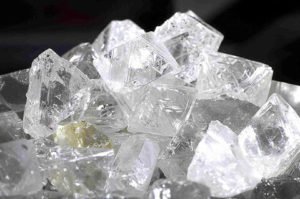 Industrial Applications of Diamonds:
Industrial Applications of Diamonds:
Beyond their ornamental allure, diamonds possess unique properties that make them indispensable in various industrial sectors. Industrial-grade diamonds, known as bort or carbonado, find extensive applications in cutting, grinding, drilling, and other specialized tasks across diverse industries. Additionally, diamonds play a crucial role in the electronics and medical sectors due to their exceptional properties.
- Cutting, Grinding, and Drilling: Industrial-grade diamonds are prized for their exceptional hardness and abrasiveness, making them ideal for cutting, grinding, and drilling applications. They are used in tools such as saw blades, drill bits, and grinding wheels across industries including:
- Mining: Diamonds are used in mining operations for cutting through hard rock formations and extracting minerals.
- Construction: Diamond-tipped tools are employed in construction for cutting concrete, asphalt, and other hard materials.
- Manufacturing: In manufacturing processes, diamonds are used for precision cutting and machining of metals, ceramics, and composites.
- Electronics Industry: Diamonds play a vital role in the electronics industry, particularly in high-performance electronic devices, due to their exceptional thermal conductivity and electrical insulation properties. Some key applications include:
- Heat Sinks: Diamonds are utilized as heat sinks in electronic devices to dissipate heat efficiently and maintain optimal operating temperatures, thus enhancing device performance and reliability.
- Semiconductor Fabrication: Diamond-coated tools are used in semiconductor fabrication processes for precise cutting, polishing, and shaping of silicon wafers and other electronic components.
- High-Frequency Devices: Diamonds are employed in high-frequency electronic devices such as radio-frequency transistors and microwave amplifiers due to their ability to withstand high temperatures and electrical stresses.
- Medical Equipment: Diamonds find essential applications in the medical industry, particularly in surgical and dental equipment, owing to their superior cutting properties, biocompatibility, and durability. Some key uses include:
- Surgical Scalpels: Diamond-coated surgical scalpels offer exceptional sharpness and precision, resulting in cleaner incisions and reduced tissue trauma during surgical procedures.
- Dental Drills: Diamond-tipped dental drills are used in dentistry for drilling, shaping, and polishing teeth and dental prosthetics with high precision and minimal damage to surrounding tissues.
- Medical Imaging: Synthetic diamond detectors are utilized in medical imaging equipment such as positron emission tomography (PET) scanners for detecting gamma radiation with high sensitivity and accuracy.
In conclusion, diamond, as April’s birthstone, epitomizes timeless elegance, enduring love, and unparalleled strength. From their geological formation deep within the Earth to their multifaceted cultural significance and industrial applications, diamonds continue to enchant and inspire humanity. As symbols of eternal beauty and everlasting love, diamonds shine brightly as the epitome of preciousness and perfection, making them truly deserving of their status as April’s cherished birthstone.
